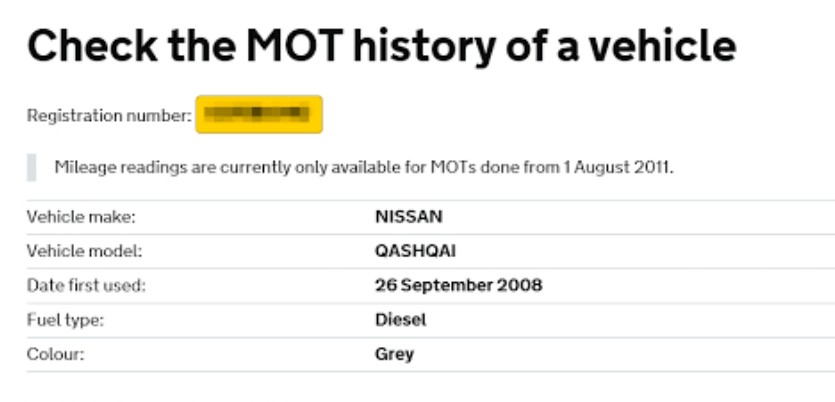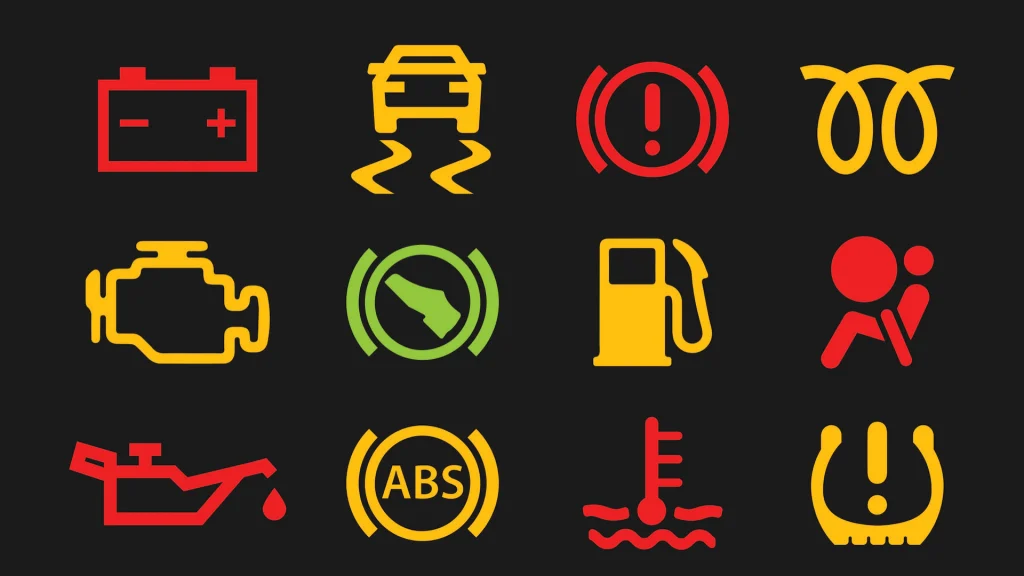A Comprehensive Guide to the MOT Check

Introduction
The Ministry of Transport (MOT) test is an annual examination required in the UK for vehicles that are three years old or older. It ensures that vehicles meet the minimum safety and environmental standards.This test is crucial for maintaining road safety and reducing environmental impacts from vehicle emissions. In this article, we will explore the details of an Mot Check, including its importance, the components inspected, how to prepare for it, and what happens if your vehicle fails the test.
Importance of the MOT Check
1. Safety: The primary goal of the MOT test is to ensure that vehicles on the road are safe to operate. It checks various critical components such as brakes, tires, lights, and steering to ensure they are in good working condition.
2. Environmental Impact: The MOT test also includes checks on emissions to ensure that vehicles are not excessively polluting. This helps in reducing the overall environmental impact of road traffic.
3. Legal Requirement: Driving a vehicle without a valid MOT certificate is illegal and can result in fines, penalty points on your license, and even having your vehicle impounded. Insurance claims can also be invalidated if your vehicle does not have a valid MOT.
Components Inspected During an MOT Test
The MOT test covers a wide range of components and systems within the vehicle. Here are some of the key areas inspected:
1. Vehicle Identification Number (VIN)**: The VIN must be present and legible on the vehicle.
2. Registration Plate: The condition, security, legibility, and format of letters and numbers are checked.
3. Lights: All lights including headlights, indicators, brake lights, and rear lights are checked for operation, condition, and security.
4. Steering and Suspension: The steering and suspension components are checked for wear, corrosion, and security.
5. Wipers and Washer Bottle: The condition and operation of the wipers and the availability of washer fluid are inspected.
6. Windscreen: The windscreen is checked for damage that could impair the driver's view.
7. Horn: The horn must be functional and of a suitable type.
8. Seatbelts: The condition, operation, and security of seatbelts are checked.
9. Seats: The driver's seat must be secure and adjustable.
10. Fuel System: The fuel system is checked for leaks and the fuel cap is inspected to ensure it fastens securely.
11. Emissions: The vehicle's exhaust emissions are checked to ensure they meet the required standards.
12. Brakes: The brakes are inspected for their condition, performance, and operation.
13. Tyres and Wheels: The tyres are checked for tread depth, condition, and security of wheel fixings.
14. Body, Structure, and General Items: The body is checked for excessive corrosion or damage that could affect the vehicle's safety.
Preparing for an MOT Check
To increase the chances of passing the MOT test, vehicle owners can carry out some basic checks and maintenance beforehand:
1. Check Lights: Ensure all lights are functioning correctly and replace any faulty bulbs.
2. Inspect Tyres: Check the tread depth and condition of all tyres, including the spare if present.
3. Top Up Fluids: Ensure that the windscreen washer fluid, brake fluid, and engine oil are at the correct levels.
4. Test Wipers and Washers: Make sure the wipers are in good condition and the washers are working.
5. Clean the Vehicle: A clean vehicle, particularly the underside, can make the inspection process easier and more pleasant for the tester.
6. Ensure Seatbelts are Working: Check that all seatbelts are in good condition and functioning properly.
What Happens if Your Vehicle Fails the MOT Test?
If your vehicle fails the MOT test, you will receive a VT30 certificate detailing the reasons for failure. Here are the steps you can take:
1. Understand the Failures: Carefully review the VT30 certificate to understand what caused the failure.
2. Get Repairs Done: Address the issues mentioned in the failure report. You can have repairs carried out at the same testing center or another garage.
3. Retest: Once the necessary repairs are made, the vehicle needs to be retested. If the repairs are done within 10 working days at the same testing center, a partial retest might be free or charged at a lower fee.
Conclusion
The MOT test is a vital aspect of vehicle maintenance in the UK, ensuring that vehicles are safe, roadworthy, and environmentally friendly. By understanding the components inspected during the MOT test and preparing your vehicle in advance, you can improve the chances of passing the test and avoid the inconvenience and costs associated with a failed test. Regular maintenance and prompt attention to any issues will help keep your vehicle in good condition and ensure it remains roadworthy throughout the year.
Note: IndiBlogHub features both user-submitted and editorial content. We do not verify third-party contributions. Read our Disclaimer and Privacy Policyfor details.







